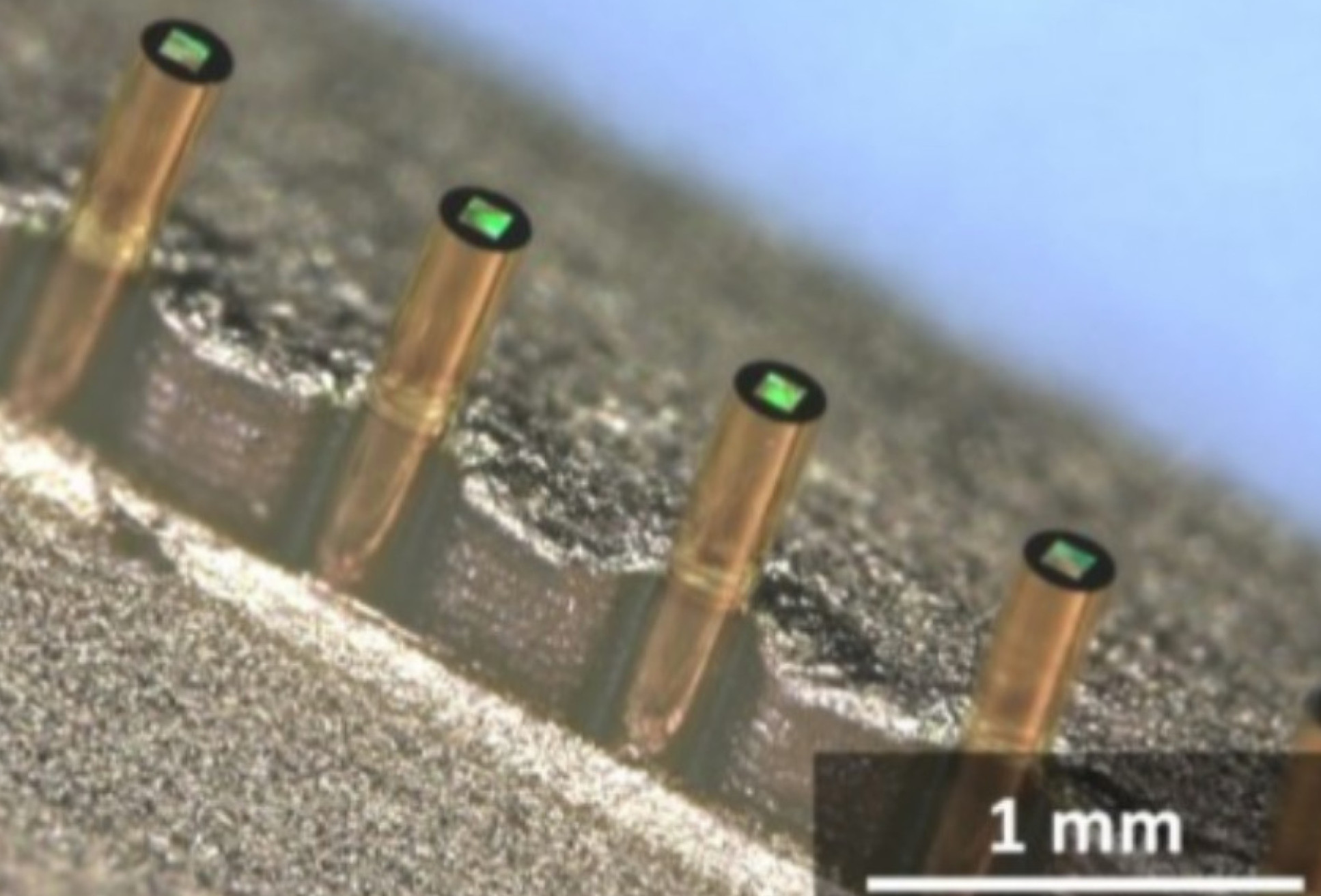Optical Sensing and Diagnostics

What we do
We use optical spectroscopy to develop new and improved diagnostic tools. This includes techniques such as fluorescence, Raman and diffuse reflectance spectroscopy, and involves the development of devices ranging from wearable sensors through to fibre-optic probes.
Why it is important
Our research has a number of potential clinical applications including improved monitoring of clinical therapies and interventions (e.g. in inflammatory bowel disease and malnutrition), early diagnosis of infection, and even margin mapping in tumour resection surgery.
How it can benefit patients
The devices we are developing can potentially provide less invasive and lower cost diagnostics. In turn, this may facilitate patient benefits including earlier diagnosis, earlier identification of relapse (e.g. in therapy response monitoring applications), more widespread deployment and more comfortable patient experiences (e.g. through use of less invasive probes and sensors).
Summary of current research
Key research projects currently underway include: fluorescence spectroscopy for non-invasive assessment of gut function; Raman spectroscopy for point-of-care identification of urine infections; and development of fibre-optic Raman probes for in vivo diagnostics.
Tabs - Funders / Etc
Funders
Related Centres
Collaborators
Key internal collaborators include:
The group also has numerous further internal and external collaborators through the HUNGer project.
PhD Students
- Elena Monfort Sanchez
- Jonathan Gan
- Teddy Fletcher
- Stephanie Clark
- Simon Dryden
- Aatikah Majid (Department of Chemistry)
Clinical Trials
We are currently running one clinical trial investigating the use of fluorescence spectroscopy for non-invasive assessment of gut health. Details can be found here.
Publications
Lead Researchers
Dr Jang Ah Kim

Dr Jang Ah Kim
Research Associate
Dr Alex Thompson

Dr Alex Thompson
Lecturer in Sensing and Cancer
Dr James Avery

Dr James Avery
Imperial College Research Fellow


